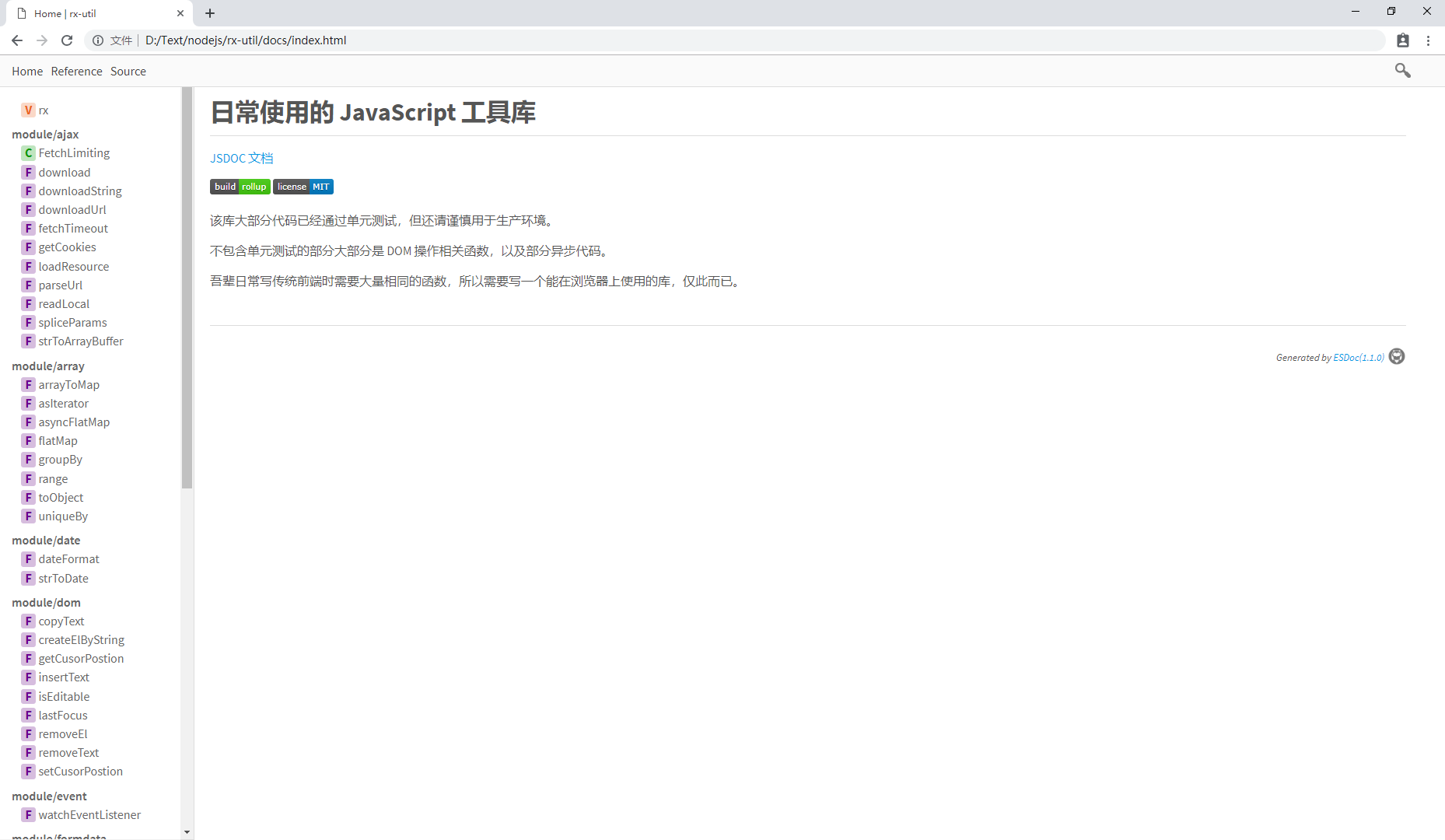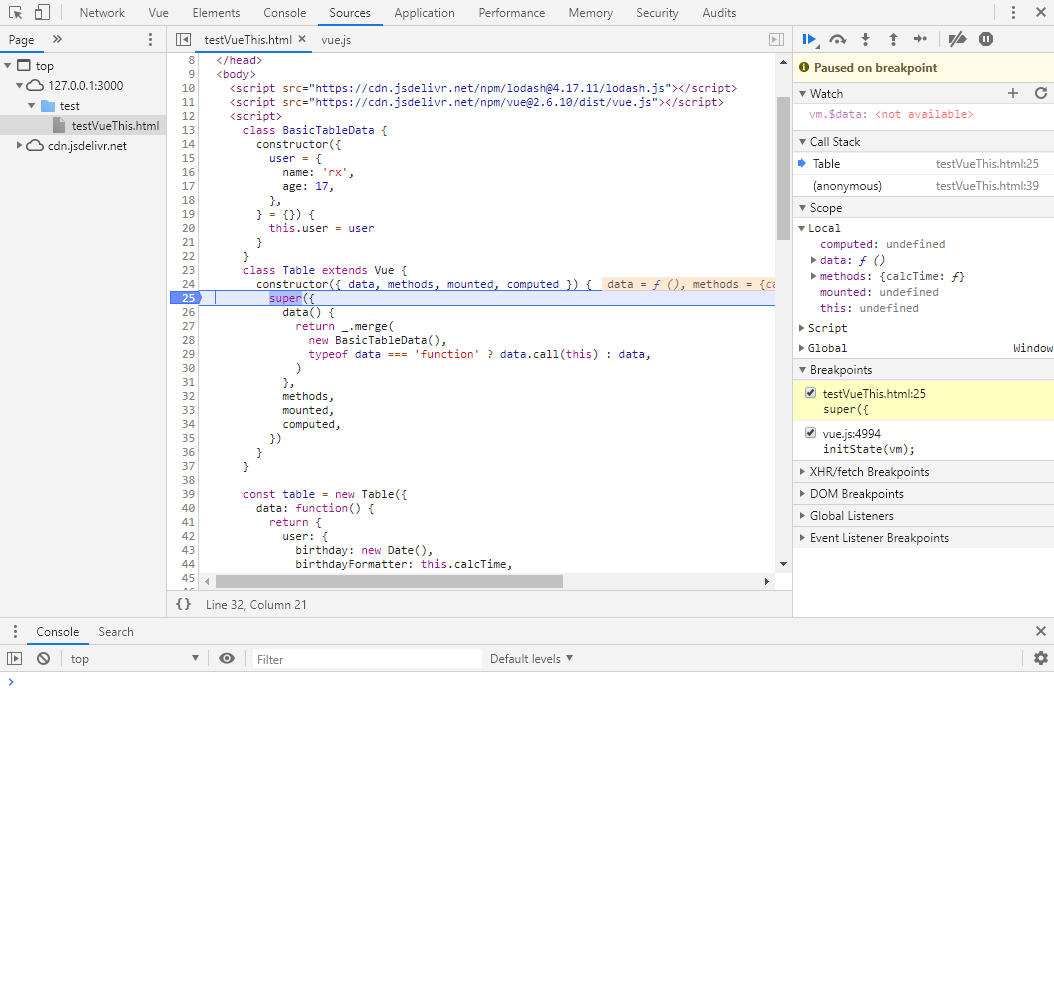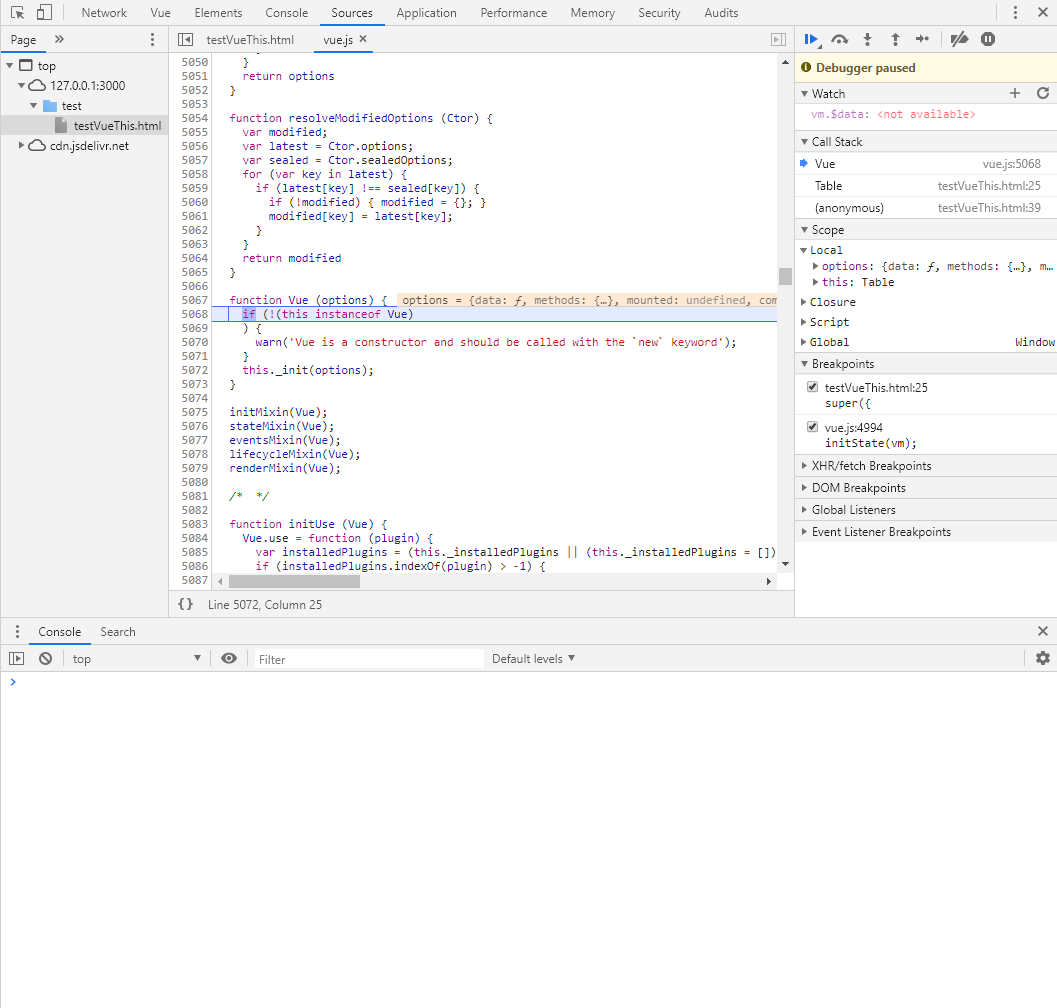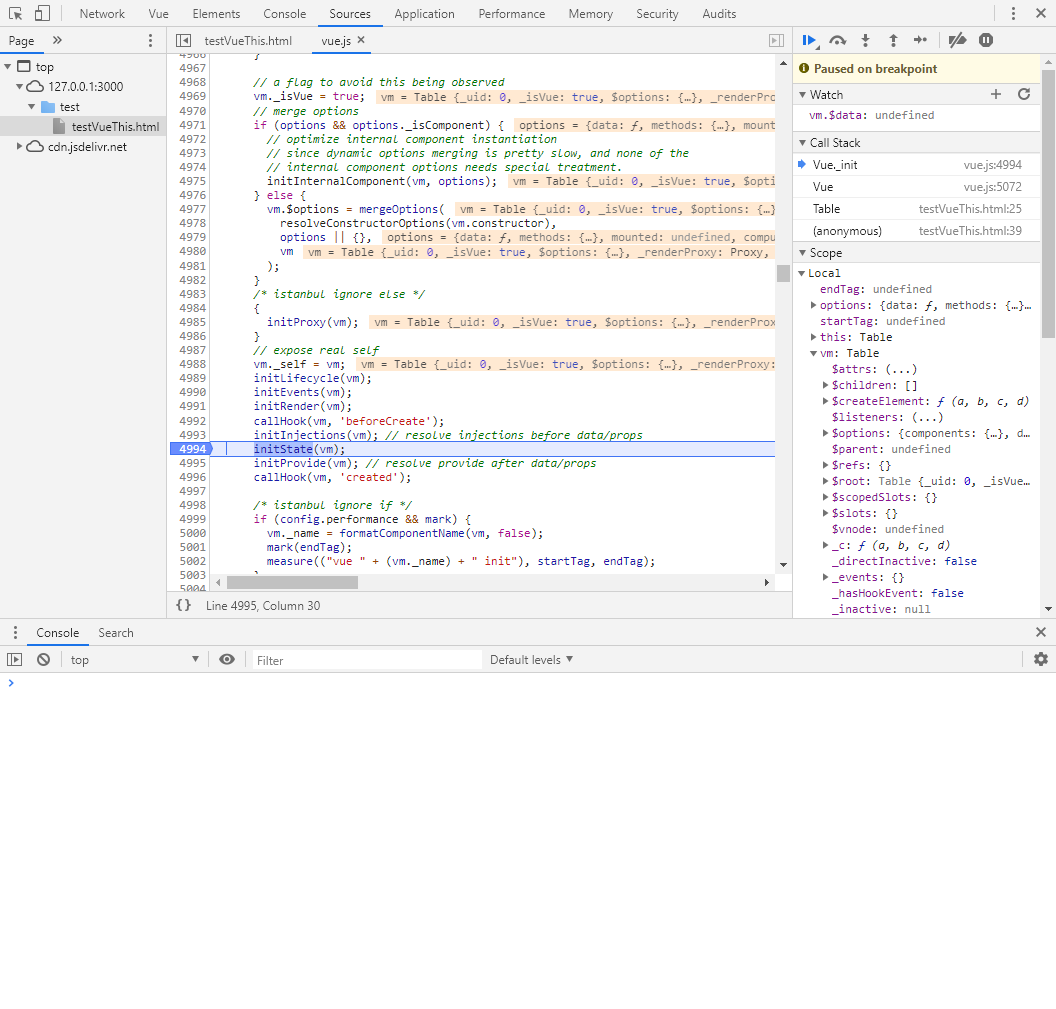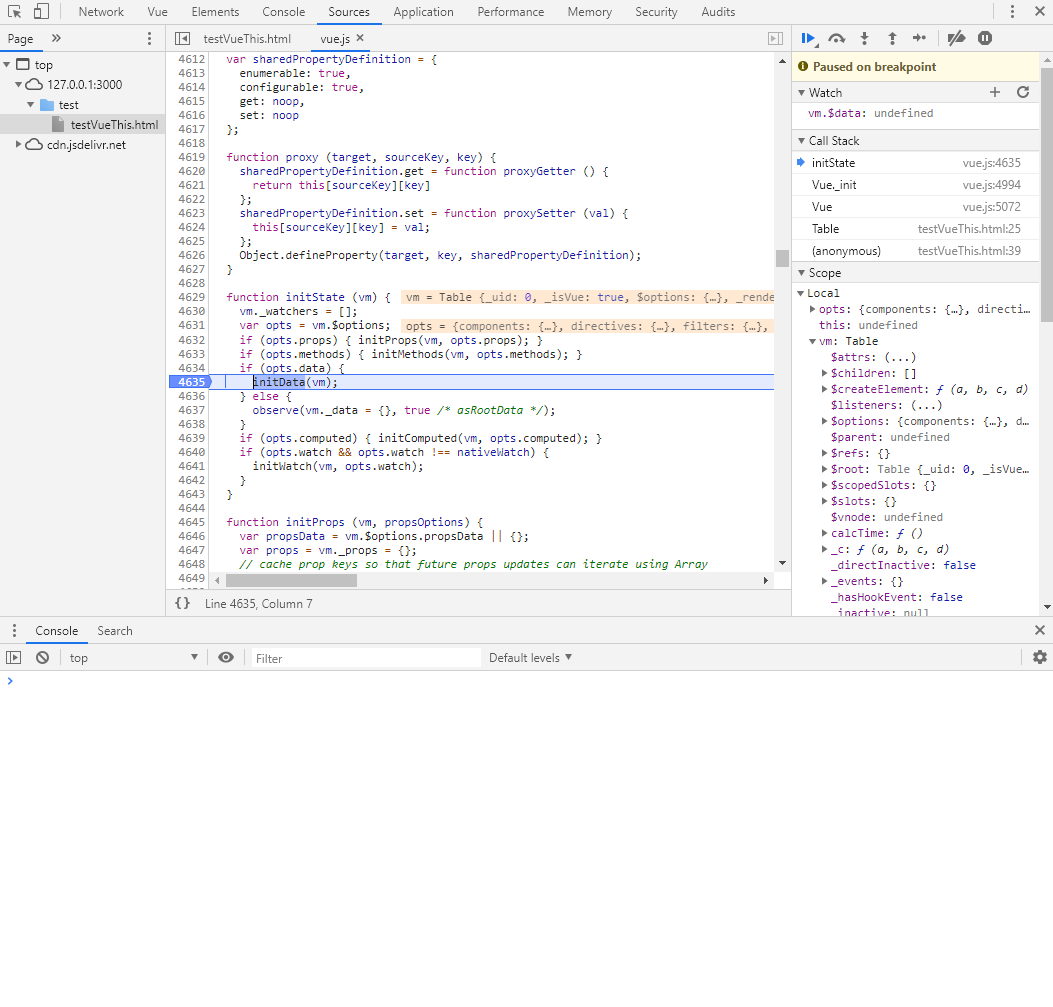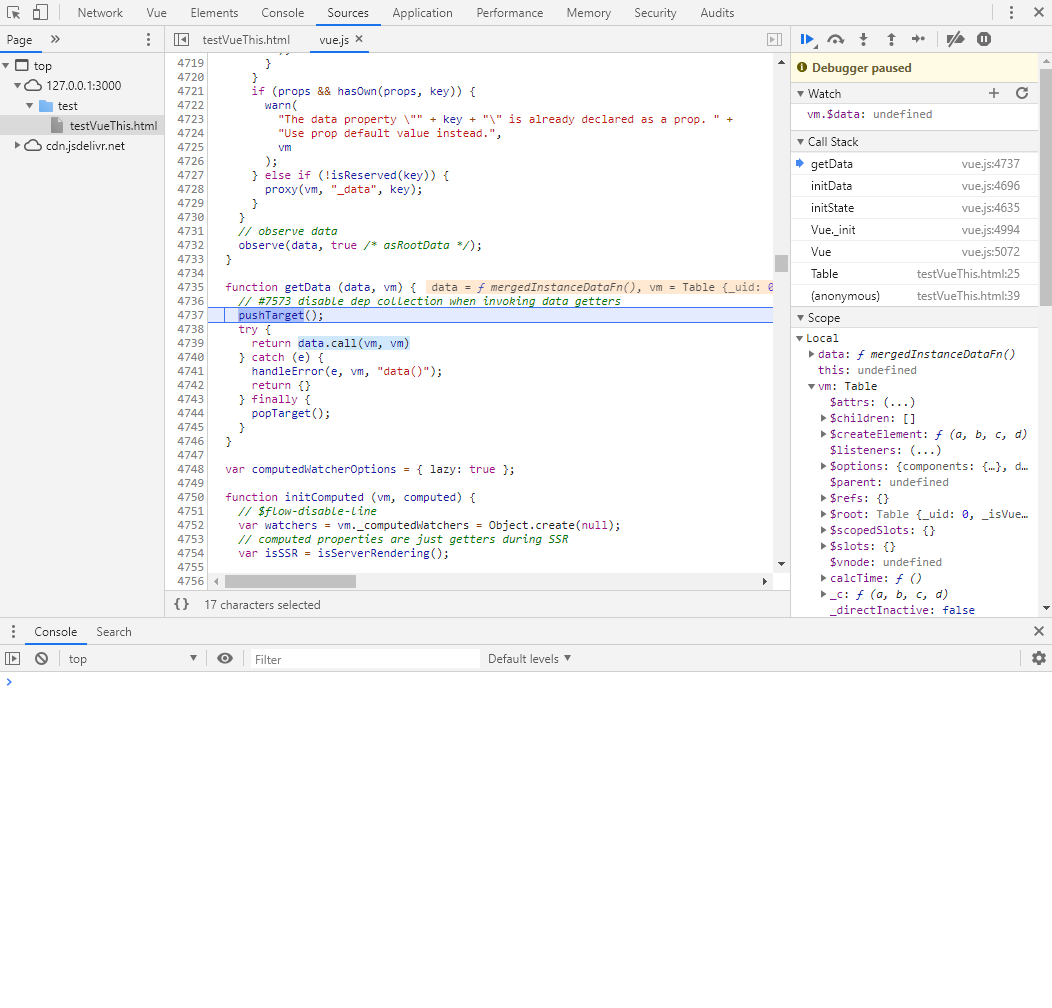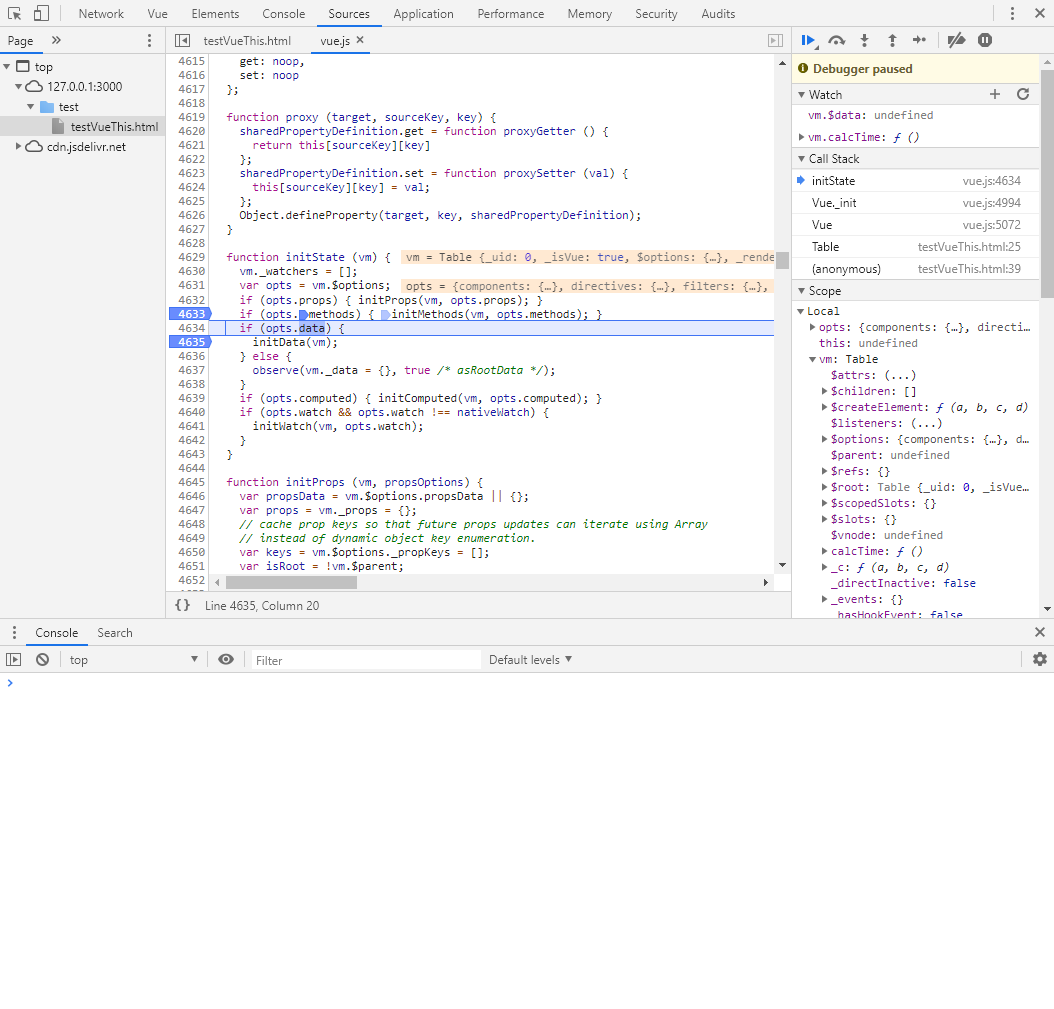1
2
3
4
5
6
7
8
9
10
11
12
13
14
15
16
17
18
19
20
21
22
23
24
25
26
27
28
29
30
31
32
33
34
35
36
37
38
39
40
41
42
43
44
45
46
47
48
49
50
51
52
53
54
55
56
57
58
59
60
61
62
63
64
65
66
67
68
69
70
71
72
73
74
75
76
77
78
79
80
81
82
83
84
85
86
87
88
89
90
91
92
93
94
95
96
97
98
99
100
101
102
103
104
105
106
107
108
109
110
111
112
113
114
115
116
117
118
119
120
121
122
123
124
125
126
127
128
129
130
131
132
133
134
135
136
137
138
139
140
141
142
143
144
145
146
147
148
149
150
151
152
153
154
155
156
157
158
159
160
161
162
163
164
165
166
167
168
169
170
171
172
173
174
175
176
177
178
179
180
181
182
183
184
185
186
187
188
189
190
191
192
193
194
195
196
197
198
199
200
201
202
203
204
205
206
207
208
|
class BasicTableData {
constructor({
form = {},
columns = [],
formShow = false,
page = new Page(),
selectedIdList = [],
fileSelectorShow = false,
} = {}) {
this.form = form
this.columns = columns
this.formShow = formShow
this.page = page
this.selectedIdList = selectedIdList
this.fileSelectorShow = fileSelectorShow
}
}
class BasicTableMethods {
constructor({
createForm = function() {
throw new Error('如果需要搜索条件,请重写 initForm() 方法')
},
getPage = async function(page, entity) {
throw new Error('如果需要自动分页,请重写 getPage() 方法')
},
exportFile = async function() {
throw new Error('如果需要导出数据,请重写 exportFile() 方法')
},
importFile = function() {
throw new Error('如果需要导入数据,请重写 importFile() 方法')
},
deleteData = async function(idList) {
throw new Error('如果需要删除数据,请重写 deleteData 方法')
},
init = async function() {},
resetFile = function() {
const $el = this.$refs['fileInput']
if (!$el) {
throw new Error(
'如果需要清空选择文件,请为 input:file 绑定属性 ref 的值为 fileInput',
)
}
$el.value = ''
},
searchPage = async function() {
try {
this.page = await this.getPage(this.page, this.form)
} catch (e) {
console.error(e)
await rxPrompt.dangerMsg('查询数据失败,请刷新页面')
}
},
resetPage = async function() {
this.form = this.createForm()
await this.searchPage()
},
toggle = function() {
this.formShow = !this.formShow
},
selection = function(data) {
this.selectedIdList = data.map(({ id }) => id)
},
changeSize = function(size) {
this.page.current = 1
this.page.size = size
this.searchPage()
},
goto = function(current) {
if (!current) {
current = this.page.current
}
if (current < 1) {
return
}
if (current > this.page.pages) {
return
}
this.page.current = current
this.searchPage()
},
deleteSelected = async function() {
const result = await this.deleteData(this.selectedIdList)
if (result.code !== 200 || !result.data) {
await rxPrompt.msg('')
return
}
// noinspection JSIgnoredPromiseFromCall
rxPrompt.msg('删除成功')
this.page.current = 1
await this.searchPage()
},
showFileSelector = function() {
this.fileSelectorShow = !this.fileSelectorShow
},
initCommon = async function() {
this.form = this.createForm()
this.searchPage()
},
} = {}) {
this.createForm = createForm
this.getPage = getPage
this.searchPage = searchPage
this.resetPage = resetPage
this.toggle = toggle
this.selection = selection
this.changeSize = changeSize
this.goto = goto
this.exportFile = exportFile
this.importFile = importFile
this.resetFile = resetFile
this.deleteData = deleteData
this.init = init
this.deleteSelected = deleteSelected
this.showFileSelector = showFileSelector
this.initCommon = initCommon
}
}
class BasicTableOption {
constructor({
el = '#app',
data = new BasicTableData(),
methods = new BasicTableMethods(),
mounted = async function() {
await this.initCommon()
await this.init()
},
} = {}) {
this.el = el
this.data = data
this.methods = methods
this.mounted = mounted
}
}
class BasicTableVue extends Vue {
constructor({ data, methods, mounted, ...args } = {}) {
super(
_.merge(new BasicTableOption(), {
data: function() {
return _.merge(
new BasicTableData(),
typeof data === 'function' ? data.call(this) : data,
)
},
methods,
mounted,
...args,
}),
)
}
}
|
